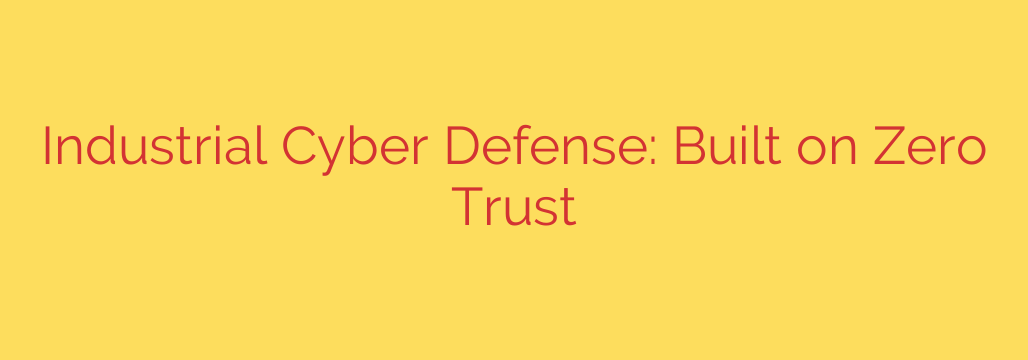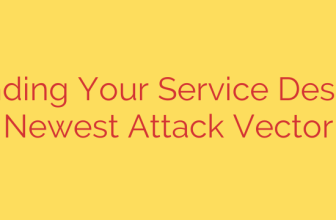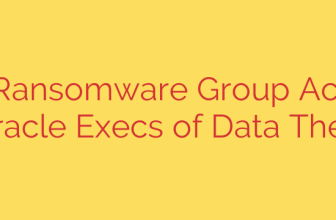
Securing Our Future: Why Zero Trust is Essential for Industrial Cyber Defense
The digital transformation of our industrial landscape is well underway. From power grids and water treatment facilities to manufacturing plants and transportation networks, the systems that form the backbone of modern society are more connected than ever. This convergence of Information Technology (IT) and Operational Technology (OT) has unlocked incredible efficiency, but it has also exposed critical infrastructure to a new and dangerous wave of cyber threats.
For years, the prevailing security model for these industrial environments was simple: keep them isolated. The concept of an “air gap”—a physical separation from the internet and corporate networks—was the primary defense. But today, that air gap is a myth. The need for remote monitoring, data analytics, and cloud integration has built countless bridges to these once-isolated networks, rendering traditional security strategies obsolete.
It’s time for a fundamental shift in how we protect our most vital systems. That shift is toward a Zero Trust security model.
The Failing “Castle-and-Moat” Model in OT Security
Traditional industrial security relies on a “castle-and-moat” approach. It focuses on building a strong, impenetrable perimeter (the moat) to protect everything inside (the castle). The assumption is that anything or anyone already inside the network can be trusted.
This model fails catastrophically for two key reasons:
- The Perimeter is Porous: With countless connections for remote access, vendor support, and data sharing, the network perimeter is no longer a single, defensible line. A single compromised laptop or a phishing attack on an employee can give an attacker a foothold inside the “trusted” zone.
- Unrestricted Lateral Movement: Once inside, an attacker can often move freely throughout the flat, unsegmented OT network. They can escalate privileges, discover critical assets, and ultimately disrupt physical operations with potentially devastating consequences.
This outdated approach is simply not equipped to handle the sophistication of modern cyber threats targeting industrial control systems (ICS).
Enter Zero Trust: A Modern Approach to Industrial Cybersecurity
Zero Trust is not a product or a specific technology, but rather a strategic security framework built on a single, powerful principle: never trust, always verify.
This model eradicates the outdated idea of a trusted internal network and an untrusted external network. Instead, it assumes that threats can exist both inside and outside the perimeter at all times. Under a Zero Trust architecture, every single request for access to a resource must be rigorously verified, regardless of where it originates.
The core principles of Zero Trust are:
- Assume Breach: Operate as if an attacker is already inside your network. This mindset forces a proactive, rather than reactive, security posture.
- Verify Explicitly: Always authenticate and authorize based on all available data points, including user identity, device health, location, and the specific resource being requested.
- Grant Least-Privilege Access: Give users and devices only the bare minimum level of access they need to perform their specific function, for the shortest time necessary.
- Segment the Network: Divide the network into small, isolated micro-segments to prevent an intruder from moving laterally from a less critical system to a highly sensitive one.
Applying Zero Trust to the Unique Industrial Environment
Implementing Zero Trust in an OT environment presents unique challenges, given the prevalence of legacy systems, proprietary protocols, and the absolute priority of uptime and safety. However, the core pillars of the strategy are more critical here than anywhere else.
Key Pillars of Zero Trust in OT:
- Strong Identity and Access Management (IAM): It’s no longer enough to know a connection is coming from the “engineering network.” You must verify the specific user, their role, and the health of their device before granting access to a programmable logic controller (PLC) or SCADA system. Multi-factor authentication (MFA) should be enforced wherever possible.
- Micro-segmentation: This is arguably the most powerful Zero Trust tool for OT. By creating small, secured zones around critical assets or functional areas, you can contain a breach effectively. If a maintenance terminal is compromised, micro-segmentation ensures the threat cannot spread to the core process control network.
- Continuous Monitoring and Visibility: You cannot protect what you cannot see. A Zero Trust strategy requires deep visibility into all network traffic. This allows security teams to monitor for anomalous behavior, enforce access policies in real-time, and detect potential threats before they can cause operational disruption.
Actionable Steps to Implement Zero Trust in Your Industrial Network
Moving to a Zero Trust model is a journey, not an overnight switch. It requires a deliberate, phased approach that prioritizes critical assets first.
- Discover and Map Your Assets: Begin by gaining complete visibility into every device, user, and data flow on your OT network. You need a comprehensive inventory of what you are protecting.
- Define Your Critical Assets and Create Micro-segments: Identify the most crucial systems—the “crown jewels” of your operation. Start by building security policies and creating isolated network segments around them. This immediately reduces your risk profile.
- Implement and Enforce Strict Access Policies: Move away from broad access rules. Develop granular policies based on the principle of least privilege. Who really needs to communicate with the primary control server? Block all other traffic by default.
- Continuously Monitor and Adapt: Deploy solutions that provide continuous monitoring of network traffic and user behavior. Use this data to refine your security policies and hunt for threats proactively.
By embracing a Zero Trust philosophy, industrial organizations can build a resilient, adaptable, and defensible security architecture. It moves the focus from an easily breached perimeter to protecting what truly matters: the critical systems that keep our world running.
Source: https://feedpress.me/link/23532/17175926/zero-trust-the-foundation-of-industrial-cyber-defense








